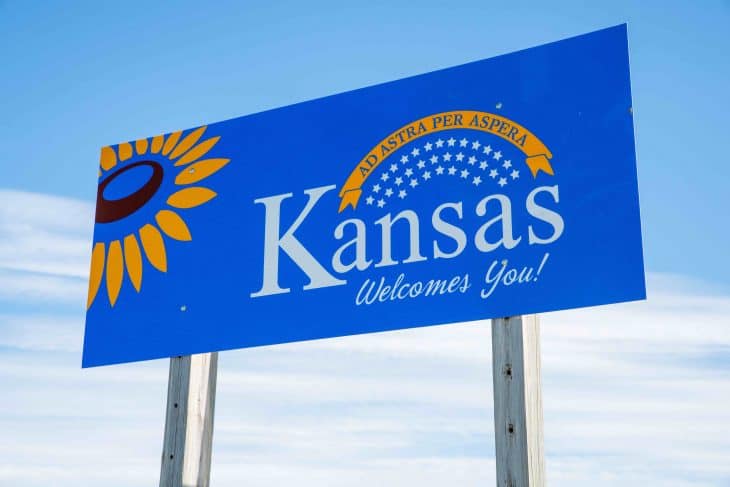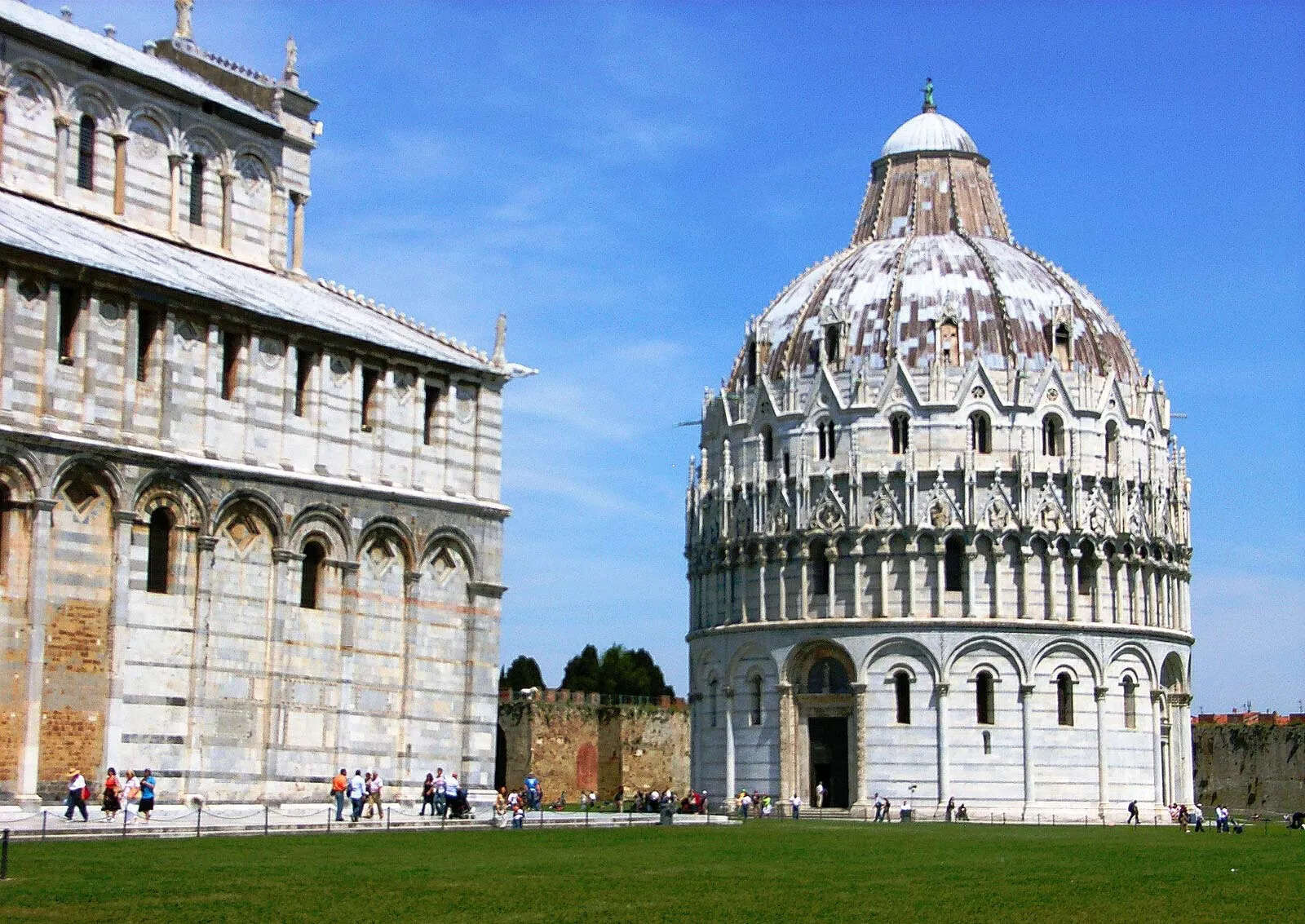
Kansas makes up one of the USA’s most important and iconic states. Much of the USA’s food comes from this state, and it’s also enjoyed references in various fictional works. It also contributed to the USA’s place in world history. How? Learn with these 70 Kansas facts!
- Kansas covers an estimated area of 213,000 km².
- Water makes up only an estimated 1300 km² of Kansas’ total area or only 0.6%.
- An estimated 2.94 million people live in the state today.
- This gives the state an estimated population density of 14 people for every km².
- At its lowest point on the Verdigris River, Kansas has an average elevation of 207 meters above sea level.
- The Kaw and Wichita peoples lived in Kansas long before the coming of the Europeans.
- Francisco de Coronado became the first European to reach Kansas in 1541.
- Spain ruled the region as part of Spanish Louisiana between 1763 and 1803.
- The USA bought most of Kansas along with Louisiana in 1803.
- They took what would become Southwestern Kansas from Mexico after the Mexican-American War.
- Kansas joined the Union as a state of its own, the 34th, in 1861.
- Kansas stayed loyal to the Union during the American Civil War.
- The Dust Bowl devastated Kansas during the 1930s.
- After WWII, the US military based many of their nuclear missiles in Kansas.
- The US military finally removed the nuclear missiles in Kansas during the 1980s.
- The people of Kansas sometimes call themselves Jayhawkers.
- Most of the state falls in the USA’s Central Time Zone, or GMT-6.
- Exceptions include 4 counties that instead belong to the USA’s Mountain Time Zone, or GMT-7.
- The state keeps its capital at Topeka, but Wichita counts as its largest city.
- Kansas officially nicknames itself “The Sunflower State”.
Was this page helpful?
Our commitment to delivering trustworthy and engaging content is at the heart of what we do. Each fact on our site is contributed by real users like you, bringing a wealth of diverse insights and information. To ensure the highest standards of accuracy and reliability, our dedicated editors meticulously review each submission. This process guarantees that the facts we share are not only fascinating but also credible. Trust in our commitment to quality and authenticity as you explore and learn with us.


